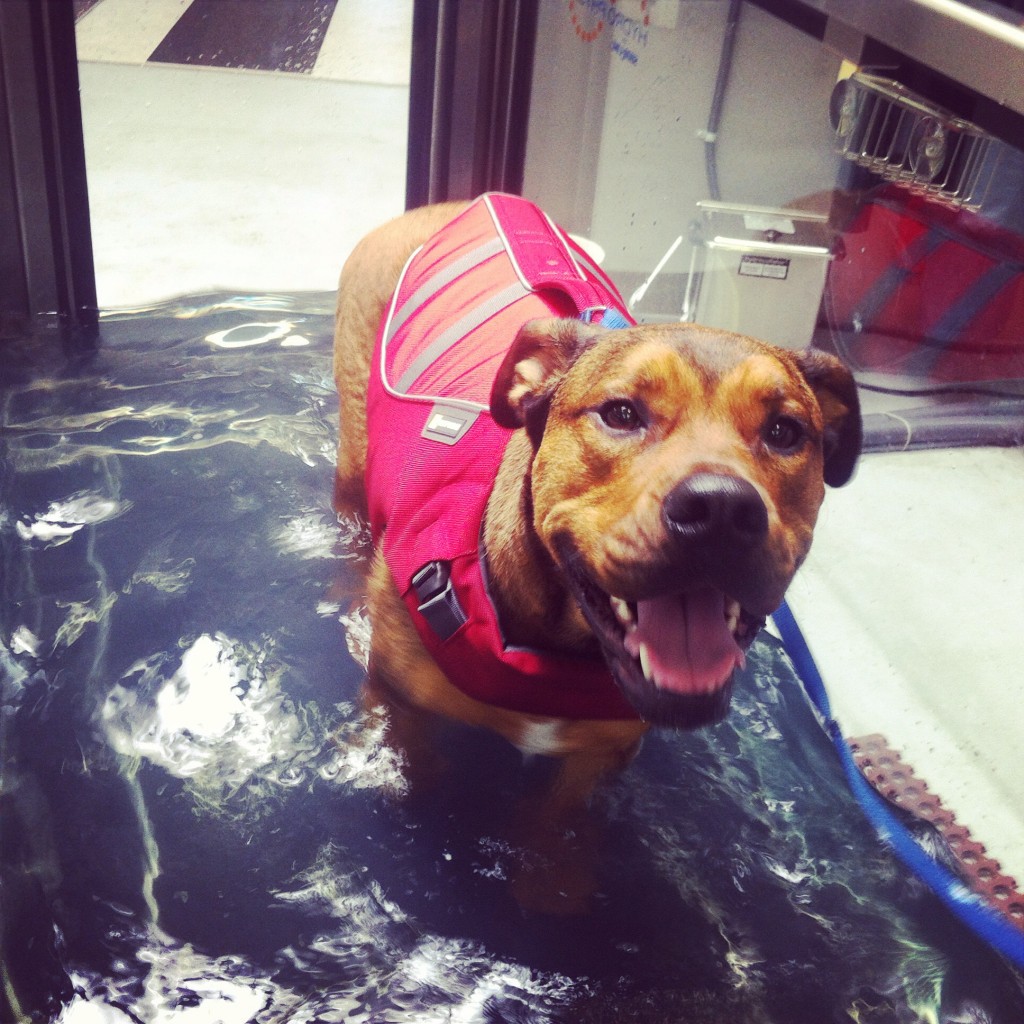Jonit Barsky, DVM, CCRT, CVA
Iliopsoas injury is one of the most common sporting injuries in dogs, and is also frequently misdiagnosed as other conditions. Any dog that accelerates quickly, jumps, or makes tight turns, is prone to iliopsoas strains. In particular, dogs that are sporadically active or inappropriately conditioned for exercise or work may be at risk for this injury.
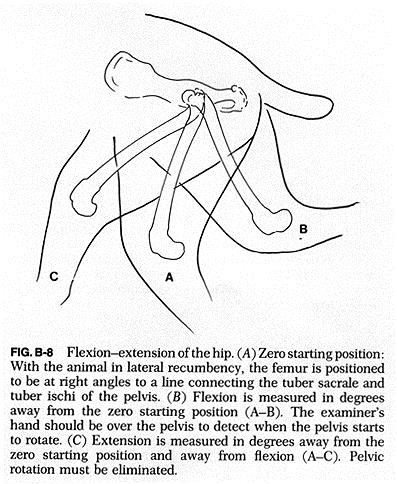
The iliopsoas (IP) is actually made of two separate muscles in dogs–the psoas major and iliacus. The psoas muscle extends from the underside of the lumbar spine (lower back). The iliacus arises from the ilum (the inside of the pelvis). Together, these muscles join to attach to the lesser trochanter of the femur (inside of
the hip).
The primary function of this muscle group is to flex the hip and lower back, externally rotate the hip, and to stabilize the pelvis and lower back. The femoral nerve runs through this muscle group and then down the inside of the leg, so any inflammation of this muscle may compromise the nerve.
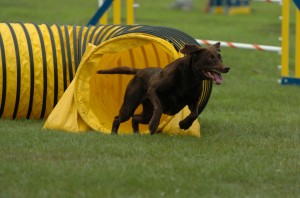
Risk Factors
Injury to the iliopsoas tends to occur with explosive activity like agility, flyball, Frisbee, dock diving, rough play, and sliding/falling on slippery surfaces. However, poor conformation inappropriate spinal alignment, overtraining and fatigue can all dramatically increase the incidence of IP injury.
Dogs with iliopsoas tears or inflammation may show difficulty rising, shortened gait in the hindlimbs, or just decreased performance. A sprained muscle may be painful to touch, and in some cases an area of swelling can be felt. Frequently, dogs will be reluctant to jump due to pain on extension of the hip and lumbar spine on the affected side, or reluctant to weave because lateral flexion of the lumbar spine is painful. In the cases of chronic iliopsoas injury, lameness tends to be worse after activity.
Diagnosis
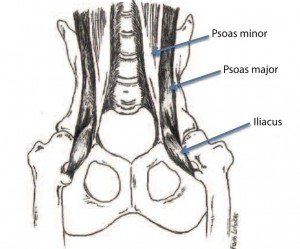
Diagnostics are often useful to rule out other causes of rear limb lameness. For example, radiographs will show mineralization of tendons, arthritis, fractures or other bone lesions. An ultrasound can show tissue damage, hemorrhage, or edema in the muscles or tendons. CT or MRI may be recommended to visualize soft tissue structures even better. However, IP injuries can also be diagnosed by palpation and manipulation by a skilled rehabilitation practitioner.
Iliopsoas injuries are often misdiagnosed as a cruciate ligament tear due to off-weighting of the limb or short stride. Often dogs will sit or stand with external rotation of the hip.
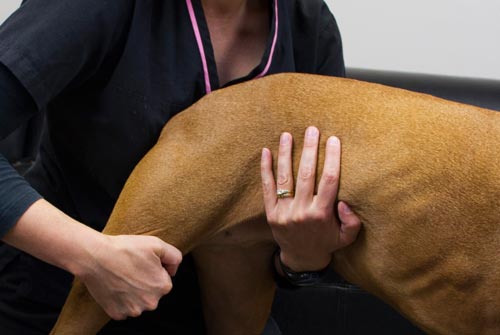
Treatment
Muscle and tendon injuries often take weeks to months to heal, and without proper treatment, may result in scar tissue, fibrosis and decreased flexibility. Rehabilitation therapy based on the principles of soft tissue healing is the most important tool for healing of IP myopathy. Treatment often involves cold LASER therapy, passive range of motion (ROM) exercises, therapeutic ultrasound, icing, and gradual conditioning and return to activity. At minimum, a 4-6 week recovery period should be expected. In rare cases with complete tears and severe clinical signs, surgical resection of the iliopsoas tendon at insertion may be indicated.
Preventing injury
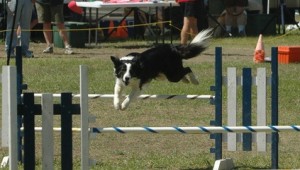
At Two Hands Four Paws, we are pride ourselves in our ability to help your dog recover from injury, but are even happier to assist in preventing them in the first place! Ideally, IP injuries can be avoided (or at least prevented from becoming chronic), with a combination of appropriate healing and conditioning. One of the most important precautions that owners of active dogs can take to prevent iliopsoas injuries is appropriate warm-up before training or competition. This may mean jogging, trotting, tight circles or low jumps. Do not manually stretch before exercise, but instead incorporate stretching (hip extension) into the cool-down routine in combination with ice after exercise. Whenever possible, try to provide good traction for dogs to run on, and avoid slippery surfaces both inside and out.
Most importantly, if your canine companion is showing any performance issues, lameness, or changes in activity, have them evaluated by a trained rehabilitation professional.

